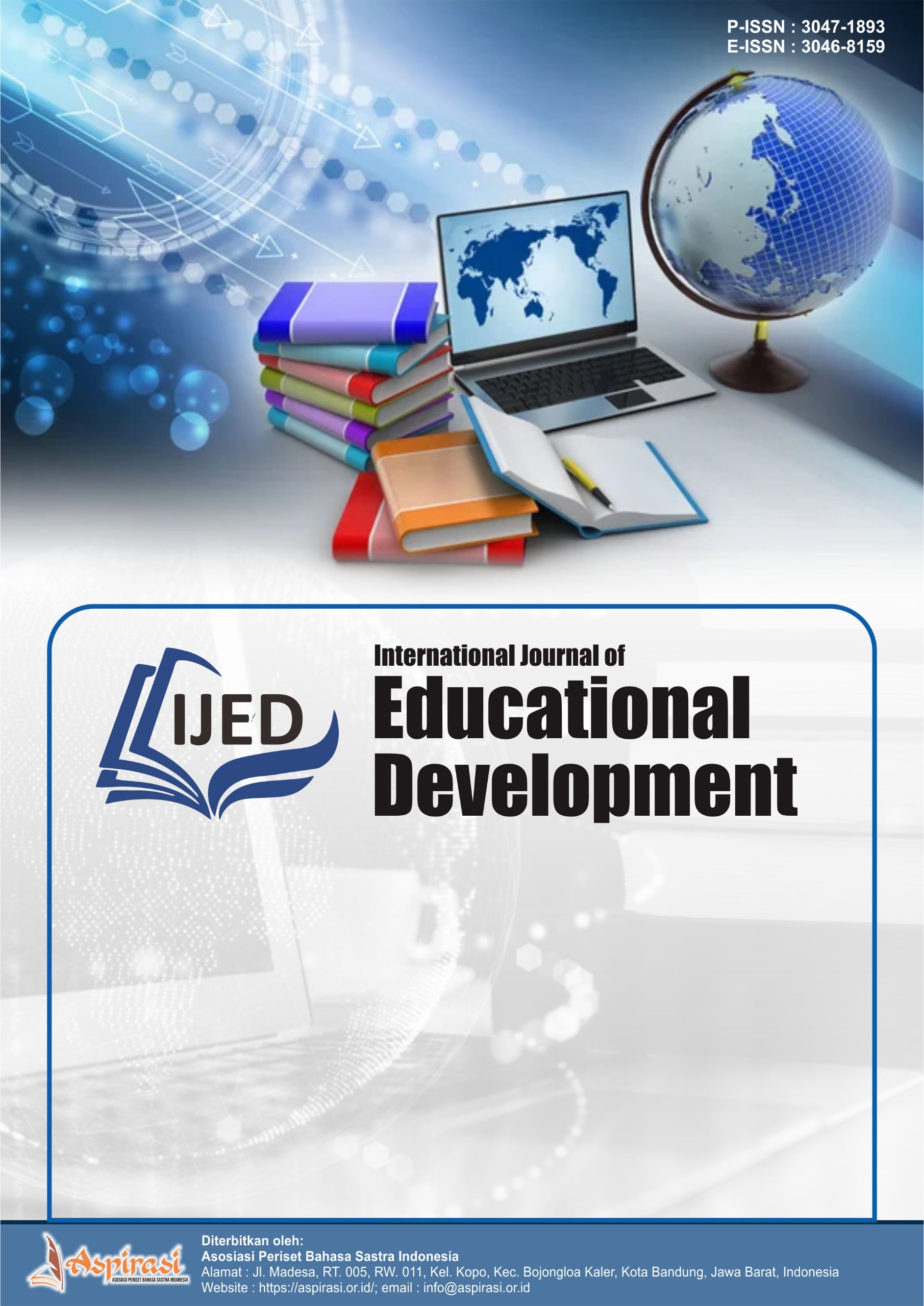Influence of Mindfulness Techniques on Reducing Academic Stress and Enhancing Students' Concentration in Learning
DOI:
https://doi.org/10.61132/ijed.v2i1.168Keywords:
mindfulness, academic stress, concentration in learning, studentsAbstract
This study examines the effect of mindfulness techniques on reducing academic stress and increasing concentration in students. With increasing academic demands, many students experience stress that interferes with the learning process. Mindfulness techniques, which emphasize full awareness, have been shown to be effective in reducing anxiety and improving mental well-being. The experimental method involved two groups of students: one group implemented mindfulness techniques, while the control group received no intervention. Data were collected through questionnaires measuring levels of academic stress and concentration before and after the intervention. The results indicated that the group practicing mindfulness experienced a significant decrease in stress and an increase in concentration compared to the control group. These findings support the use of mindfulness techniques as an effective strategy to help students and recommend their integration into higher education curricula for academic well-being.
References
Barney, J. B. (1991). Firm resources and sustained competitive advantage. Journal of Management, 17(1), 99–120. https://doi.org/10.1177/014920639101700108
Bryman, A. (2012). Social research methods (4th ed.). Oxford: Oxford University Press.
Cohen, J. W. (1988). Statistical power analysis for behavioural sciences (2nd ed.). Hilladale, NJ: Lawrence Erlbaum Associates.
Cohen, J. W. (1988). Statistical power analysis for behavioural sciences (2nd ed.). Hilladale, NJ: Lawrence Erlbaum Associates.
Creswell, J. W. (1994). Research design: Qualitative and quantitative approaches. London: Sage.
Creswell, J. W. (1994). Research design: Qualitative and quantitative approaches. London: Sage.
Eisenhardt, K. M., & Martin, J. A. (2000). Dynamic capabilities: What are they? Strategic Management Journal, 21, 1105–1121.
Eisenhardt, K. M., & Martin, J. A. (2000). Dynamic capabilities: What are they? Strategic Management Journal, 21, 1105–1121.
Ekah, U. J., & Iloke, J. (2022). Performance evaluation of key performance indicators for UMTS networks in Calabar, Nigeria. GSC Advanced Research and Reviews, 10(1), 47–52.
Ekah, U. J., & Iloke, J. (2022). Performance evaluation of key performance indicators for UMTS networks in Calabar, Nigeria. GSC Advanced Research and Reviews, 10(1), 47–52.
Ezenwakwelu, C. A., Akpan, E. E., & Ogbogu-Asogwa, O. I. (2021). Enabling service innovation through dynamic capabilities: Insight from telecommunication firms. International Journal of Business and Management Invention, 10(5), 54–63.
Ezenwakwelu, C. A., Akpan, E. E., & Ogbogu-Asogwa, O. I. (2021). Enabling service innovation through dynamic capabilities: Insight from telecommunication firms. International Journal of Business and Management Invention, 10(5), 54–63.
Fincham, J. (2008). Response rates and responsiveness for surveys, standards, and the journal. American Journal of Pharmaceutical Education, 72(2), Article 43.
Fincham, J. (2008). Response rates and responsiveness for surveys, standards, and the journal. American Journal of Pharmaceutical Education, 72(2), Article 43.
Grant, R. M. (1996). Toward a knowledge-based theory of the firm. Strategic Management Journal, 17(S2), 109–122. https://doi.org/10.1002/smj.4250171110
Helfat, C. E., & Peteraf, M. A. (2003). The dynamic resource-based view: Capability lifecycles. Strategic Management Journal, 24(10), 997–1010. https://doi.org/10.1002/smj.332
Miles, M. B., & Huberman, A. M. (1994). Qualitative data analysis: An expanded sourcebook (2nd ed.). Thousand Oaks, CA: Sage.
Porter, M. E. (1996). What is strategy? Harvard Business Review, 74(6), 61–78.
Teece, D. J. (2007). Explicating dynamic capabilities: The nature and microfoundations of (sustainable) enterprise performance. Strategic Management Journal, 28(13), 1319–1350. https://doi.org/10.1002/smj.640
Teece, D. J., Pisano, G., & Shuen, A. (1997). Dynamic capabilities and strategic management. Strategic Management Journal, 18(7), 509–533. https://doi.org/10.1002/(SICI)1097-0266(199708)18:7<509::AID-SMJ882>3.0.CO;2-Z
Yin, R. K. (2014). Case study research: Design and methods (5th ed.). Thousand Oaks, CA: Sage.
Downloads
Published
How to Cite
Issue
Section
License
Copyright (c) 2025 International Journal of Educational Development

This work is licensed under a Creative Commons Attribution-ShareAlike 4.0 International License.





